Fiery November Birthstones
November birthstones – Topaz and Citrine – are molded to perfection through history and creativity.
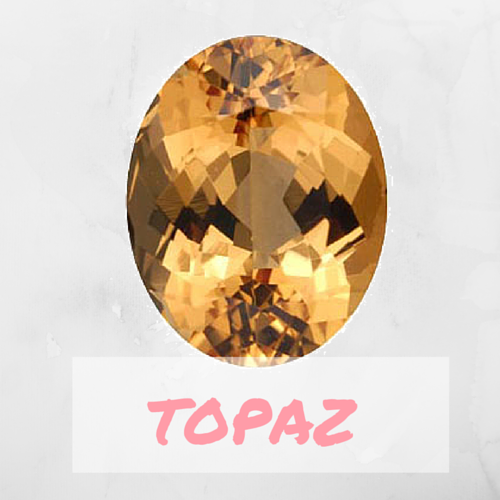 |
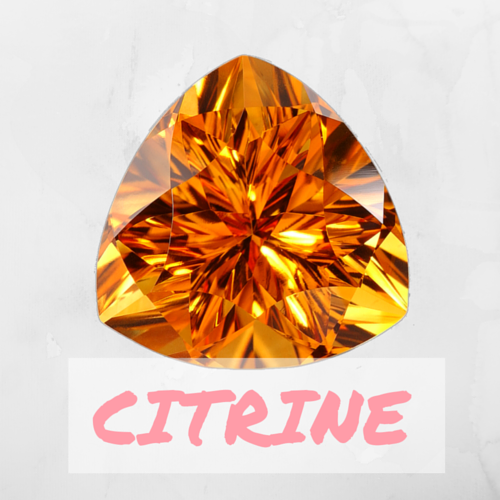 |
TOPAZ
The word Topaz has different origins. Some believe that it is derived from ‘Topazos,’ a small island in the Red Sea where the Romans obtained a stone which they called by this name and others believe that it comes from a Sanskrit word meaning “fire.”
Topaz is a mineral occurring in rhombic prisms and is available in a range of magnificent colors – yellow, pink, purple, orange, and the many popular blue tones. Some also appear colorless and others black. The most prized color of Topaz is called Imperial Topaz named after the Russian Czars of the 1800s and features a magnificent orange body color with pinkish undertones. Esteemed for several thousand years in antiquity, all yellow gems in ancient times were called Topaz – often confused with Citrine Quartz (yellow) and Smoky Quartz (brown).
Where does Topaz come from?
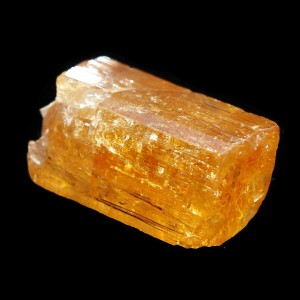 Topaz can be found almost anywhere; its sources are distributed around the world, mainly on the continents of North America, South America, Africa and even in some parts of Southeast Asia.
Topaz can be found almost anywhere; its sources are distributed around the world, mainly on the continents of North America, South America, Africa and even in some parts of Southeast Asia.
Due to the stone’s hardness and gravity, common types of Topaz are found in gravel deposits along with other gemstones in Madagascar, Sri Lanka and Myanmar. While most of the rare and uncommon types of Topaz are abundant in the South American region specifically on the Minas Gerais in Brazil. Some Topazes are also mined in the U.S., usually in the Pala region of California and the Rocky Mountains. Other deposits can be found in Australia, Japan, Mexico, South Africa, Scotland, Tasmania and Ireland.
The world’s entire supply of Imperial Topaz—the most prized type—is only mined between two mines in Ouro Preto, Brazil namely the Vermelhao Mine and the Capao mine. And some experts say that the deposit will be exhausted very soon.
CITRINE
The name Citrine derives from the French word ‘Citrin,’ which means lemon. Despite having different golden hues—which ranges from yellow to orange—the gemstone is still often associated to the famous citrus fruit lemon, which on the other hand is only yellow.
Citrines are formed through a heat treatment of Amethyst and Smoky Quartz; this commonly happens on areas near volcanoes where the stones are heated naturally. In modern times, most Citrines are formed by heat-treating purple Amethyst and can also be produced by heat-treating Smoky Quartz from certain places. Its color differs based on different temperatures. At a low temperature, Citrine’s shade changes from light yellow to golden yellow, while at higher temperature it will obtain a dark yellow to brown-red color. Citrine is one of the most used gemstone after Amethyst and it is one of the most popular gems from the Quartz family.
Citrine and its Grassroots
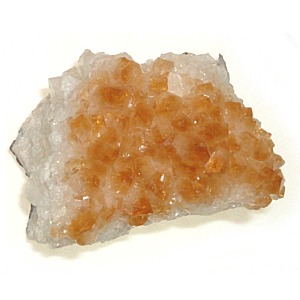 Thousands of years ago, Citrine was able to captivate many people for its rarity and tough characteristics. It was said that the ancient Romans used Citrine to create beautiful jewelry and intaglio, an engraved gem. The gem was also very popular for jewelry in 19th century. During the World War I and II eras, Citrines were affixed in most prized pieces, which includes massive and elaborate Art Deco inspired jewelry pieces made for Hollywood stars during those time.
Thousands of years ago, Citrine was able to captivate many people for its rarity and tough characteristics. It was said that the ancient Romans used Citrine to create beautiful jewelry and intaglio, an engraved gem. The gem was also very popular for jewelry in 19th century. During the World War I and II eras, Citrines were affixed in most prized pieces, which includes massive and elaborate Art Deco inspired jewelry pieces made for Hollywood stars during those time.
There are so many varieties of Citrine that can be found around the globe. Most are found in the Americas, Africa, Asia and Europe. And Brazil serves as the world’s leading supplier for Citrine.
The rarest of its kind is Natural Citrine, in fact almost all the material offered on the market under that name is not the real kind, but heat treated Amethyst.

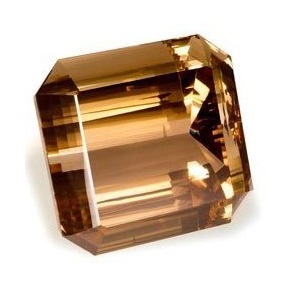
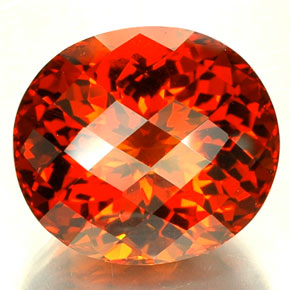







This article gives in-depth information about the November birthstones Topaz and Citrine. It can be an interesting read for any one with interest in gems.